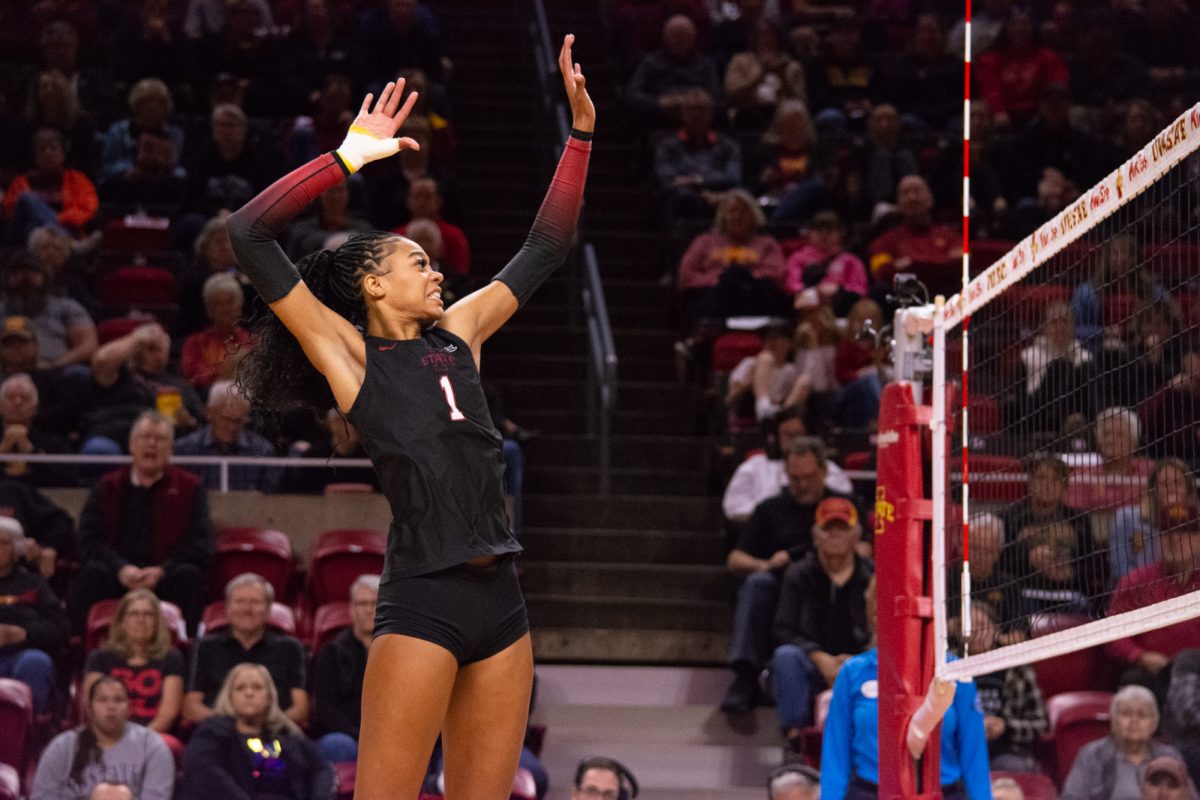COLUMN: Edwards is on the right track for public education
November 20, 2003
Imagine getting free tuition for your first year of college — yes, I said free tuition. Now imagine only having to work 10 hours a week for it. The only thing you have to do is come “academically prepared” to college. Sound too good to be true? Tell that to John Edwards.
Edwards, a Democratic candidate for president, has set out to improve public education. His plan, aptly titled “College for Everyone,” is devised to give help to everyone who has the will and desire to attend college but no means to pay for it, and is an integral part of his campaign for the 2004 presidency.
In a day and age of tuition hikes, budget deficits and layoffs, it is hard to imagine magically giving first-year college students a free ride. This policy seems flawless and satisfactory to all on the surface, but there may be some underlying problems with his public education reform.
I give Edwards props for tackling the issue of public education as a whole, an issue often overlooked by other politicians like George W. Bush. Just weeks after his No Child Left Behind Act, Bush failed to deliver on his promise to invest more in public schools, even eliminating after-school programs and proposing higher interest rates on student loans.
According to his Web site, www.johnedwards2004.com, Edwards wants to pay public school teachers more and give more scholarships to top-flight education majors who make commitments to schools in short supply of teachers. He also plans to establish more after-school programs to keep kids out of trouble and prevent them from being victims of crime.
Yes, this appears to be a great idea, but the only problem I have with it is the short-supplied schools teachers will commit to — most likely, they will be in inner-city and troubled areas where teachers would be the most reluctant to teach. The after-school program proposal is slightly vague also. What happened to going to the YMCA after school? Why do we need expensive government programs?
On to high school: In this sector of public education, Edwards wants to focus on creating smaller high schools, supporting diversity, improving curriculum by offering more college preparatory classes and expanding career education. These things seem pretty cut-and-dried; the high school-to-college transition should be smooth, and supporting diversity is always a popular platform.
In Edwards’ “College for Everyone” plan, he focuses on three main points: offering one year of free tuition to qualifying students at community colleges or public universities; ending legacy admissions, where administrators are more likely to admit students whose parents attended, and switching student loan obligations to the government instead of bank subsidization.
Nothing in life is ever free, especially not tuition. Students still have to be accepted into the university, have passed college-prep high school classes and contribute an “average” of 10 hours of community service. Tuition-free does not equate to debt-free, either. Students will still have to pay for their living arrangements, which will most likely be the dorms. At Iowa State, that costs from $2,592 to upward of $4,272. There is also a little thing we like to call beer money — I mean, spending money — most students earn from their part-time jobs. But with their part-time job equity being a provision of their free tuition, students may have to seek out another part-time job to make ends meet.
I also cannot fathom how this arrangement will not cost the government millions of dollars. Do the math: If a student worked 10 hours a week for 15 weeks a semester at $7 per hour, they would still only gross $1,050. Considering a semester’s worth of in-state tuition here at Iowa State costs $2,171, there would be about $1,121 per student deficit the government would have to cover. Multiply that number by 4,654 Iowa State freshmen, times the number of schools across the country … you get the idea.
Edwards’ ideas for student loans are probably the best ones in his public education reform plan. He wants the government to loan money directly to students and cut out the bank as a middleman. Every year, taxpayers pay to subsidize banks against default risk (the risk that the student will not pay the loan back). If the government took on this responsibility, they would take on more risk, but our interest rates would surely go down.
John Edwards is on the right track to public education reform. This is a serious issue, and it’s good to see an attempt at doing something about it.





